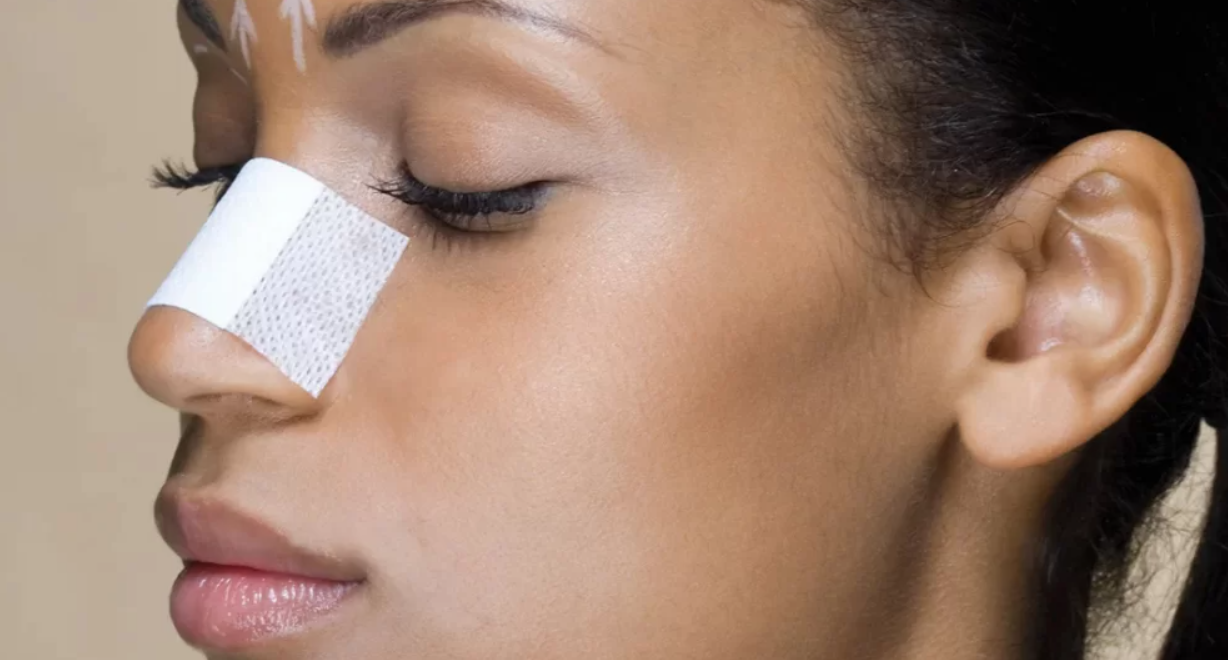Achieving a natural-looking hair transplant in riyadh is the ultimate goal for both patients and skilled surgeons in Riyadh. It's not just about moving hair from one place to another; it's about an artistic approach that considers individual characteristics, mimics natural growth patterns, and ensures the transplanted hair blends seamlessly with existing hair. Riyadh's leading clinics employ a combination of advanced techniques and meticulous artistry to deliver truly undetectable results.

Here's how Riyadh clinics ensure natural-looking hair transplants:
1. Meticulous Hairline Design (The "Frame of the Face")
The hairline is arguably the most critical element in a natural-looking hair transplant. A poorly designed hairline can immediately give away that a transplant has been performed. Riyadh's top surgeons dedicate significant time and expertise to this phase:
- Individualized Approach: There's no "one-size-fits-all" hairline. Surgeons consider each patient's unique facial features, bone structure, age, gender, and anticipated future hair loss. A youthful hairline on a 60-year-old would look unnatural.
- Irregularity and Softness: Natural hairlines are never perfectly straight or uniform. Surgeons create a soft, slightly irregular, and feathered look by placing single-follicle grafts (containing just one hair) at the very front. This mimics the finer, naturally occurring baby hairs.
- Transition Zones: The hairline isn't a sharp line; it transitions gradually from finer hairs at the front to denser hair further back. Clinics use 1-hair grafts at the leading edge, followed by 2-hair grafts behind them, and then 3-4 hair grafts for density in the mid-scalp and crown.
- Temple Point Design: The design of the temporal points (where the hairline meets the sideburns) is crucial for framing the face. Surgeons carefully recreate these points to complement the overall hairline and facial structure.
- Golden Ratio and Proportions: Some surgeons utilize principles of facial aesthetics and the "golden ratio" to determine the ideal hairline placement, ensuring it is in harmony with other facial features.
2. Precise Graft Placement: Angle, Direction, and Depth
Once the hairline is designed, the skill lies in implanting each follicular unit with extreme precision.
- Angle: Hair naturally grows at an acute angle to the scalp (almost flat) in the frontal hairline and becomes more upright towards the crown. Surgeons meticulously match these natural angles, ensuring the transplanted hair lies flat and blends seamlessly. Incorrect angles lead to "pluggy" or "doll's hair" appearance.
- Direction: Hair grows in specific directions across different parts of the scalp (e.g., forward in the front, whorls in the crown). Surgeons pay close attention to these natural swirls and patterns, orienting each graft to match the surrounding hair, creating a natural flow and movement.
- Depth: Each graft must be implanted at the correct depth. Too shallow, and the graft may pop out or result in "pitting"; too deep, and it can lead to "buried grafts" or poor growth. Precision tools and experienced hands ensure optimal depth.
- Randomness: Nature is random. Grafts are strategically placed in an irregular pattern, avoiding straight lines or rows, to mimic natural hair growth.
3. Utilization of Advanced Techniques
Riyadh's clinics predominantly use modern, minimally invasive techniques that inherently support natural results:
- Follicular Unit Extraction (FUE): By extracting individual follicular units (natural groupings of 1-4 hairs), FUE allows for precise placement. The small punch size (typically 0.8-1.0mm) minimizes trauma to the donor area and recipient site, leading to quicker healing and virtually undetectable scarring. This is crucial for men who prefer to wear their hair short.
- Direct Hair Implantation (DHI): A refinement of FUE, DHI uses a specialized Choi Implanter Pen to directly implant the extracted grafts into the recipient area without prior incision creation. This allows for even greater control over the angle, direction, and depth of each graft, leading to very high density and natural results, particularly beneficial for maintaining existing hair or for unshaven procedures.
- Micro-Incisions: Surgeons use extremely fine blades or needles to create recipient sites that are precisely sized to the follicular units, minimizing trauma and ensuring a snug fit for optimal growth.
4. Maximizing Density and Coverage with Strategic Graft Distribution
Achieving naturalness also involves creating the illusion of fullness.
- Density Gradient: As mentioned, density is varied across the scalp. The highest density is typically desired in the frontal forelock, gradually decreasing towards the mid-scalp and crown, mimicking natural distribution.
- Hair Characteristics: Surgeons consider the patient's hair caliber (thickness), curl, and color. Thicker or curlier hair can provide greater visual coverage with fewer grafts, influencing density planning.
- Donor Area Management: A natural result also depends on the intelligent harvesting of the donor area, ensuring it isn't over-harvested, which could lead to thinning or visible scarring. Surgeons aim for a healthy, uniform appearance in the donor area post-procedure.
5. Experienced and Artistic Surgeons
Ultimately, the quality of a natural-looking hair transplant rests on the surgeon's skill and artistic vision.
- Years of Experience: Surgeons with extensive experience have encountered a wide range of hair loss patterns and perfected their techniques.
- Artistic Eye: The ability to visualize the final outcome, design a complementary hairline, and meticulously place grafts is a skill developed through practice and inherent artistic talent.
- Specialized Training: Many surgeons in Riyadh have dedicated their practice to hair restoration and received specialized training beyond general plastic surgery or dermatology.
By combining these scientific principles with a high degree of artistry, Riyadh's top hair transplant clinics strive to provide results that are not just effective but also indistinguishable from natural hair growth, restoring confidence with a seamless and aesthetically pleasing outcome.




Comments